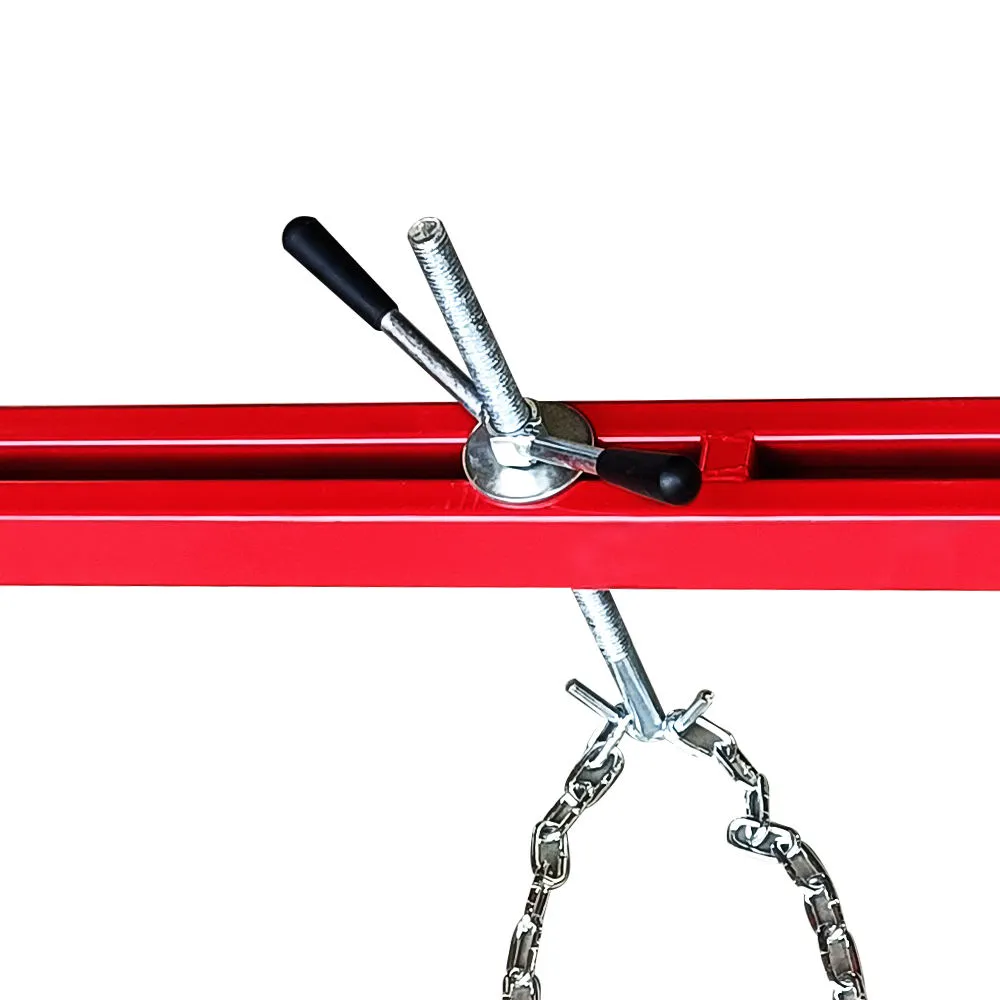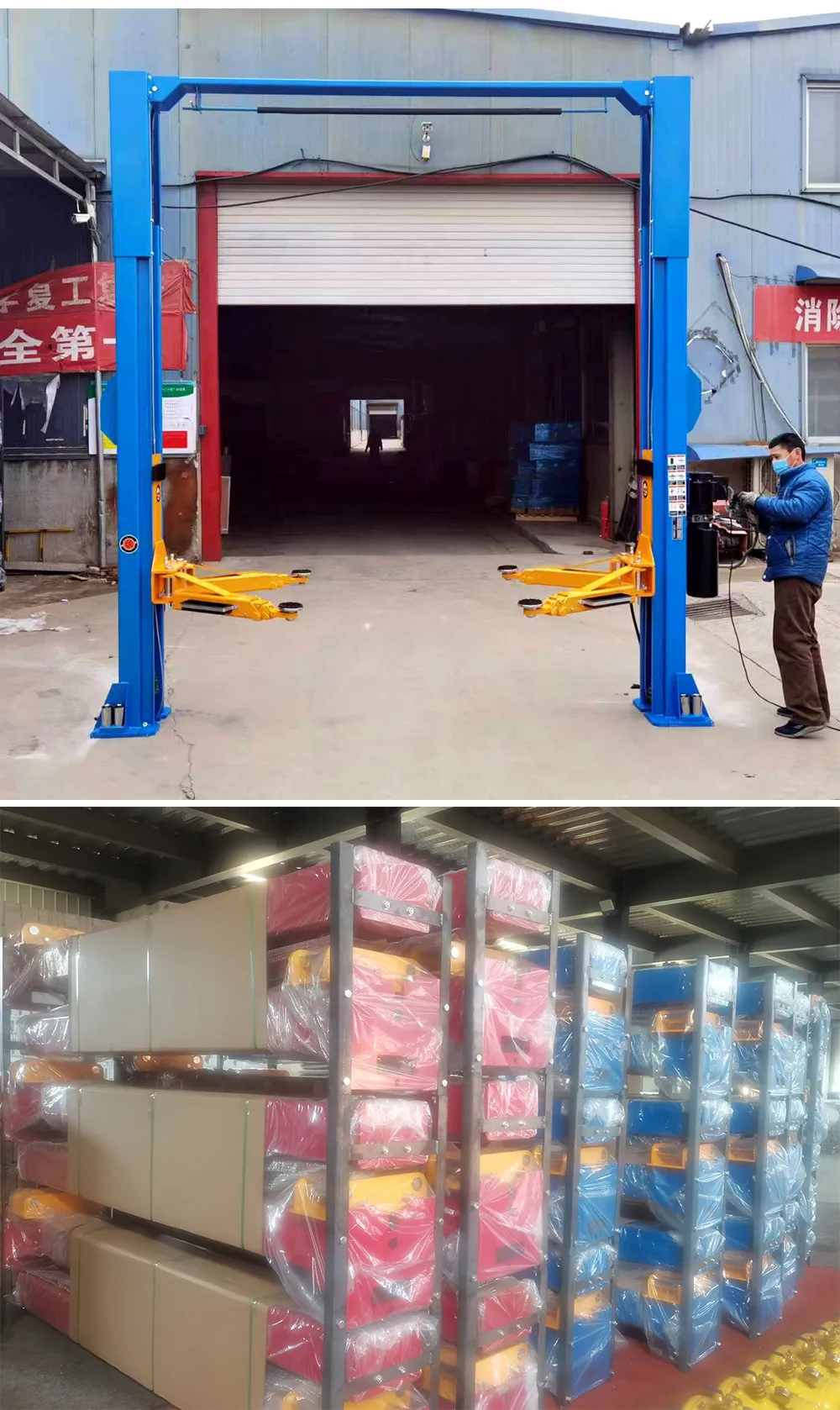Car Jack Vehicle Mover Tow Dolly Universal Moving Tool Wheel Towing Trailer tools automatic car jack


For those who need a combination of portability and power, the electric jack is a compelling choice. Operating on a car’s battery via a 12V socket, electric jacks make vehicle lifting as simple as pressing a button. They are increasingly popular among road travelers who need to quickly change tires without the physical effort required by manual jacks. While they are efficient and user-friendly, their reliance on a power source means they can fail if the vehicle's battery is weak or if the electrical system malfunctions. Lastly, for automotive establishments that require more permanent solutions, in-ground and low-profile jacks offer professional-grade options. In-ground jacks are installed into the garage floor and are favored for lift operations spanning various vehicle sizes and weights, offering unparalleled stability. Low-profile jacks are designed to fit beneath vehicles with limited ground clearance, such as sports cars, providing versatility and ease of use in professional settings. Regardless of the type, the importance of safety cannot be overstated. Using a car jack on a stable, even surface is imperative to prevent accidents. Pairing your jack with sturdy jack stands is also recommended for additional security. Regular inspection of your jack for signs of wear and tear will help maintain its reliability and prolong its life. In conclusion, the decision of which car jack to choose should be informed by your specific needs, whether that be lifting power, portability, ease of use, or compatibility with your vehicle type. By understanding the pros and cons of each type, you’ll be better equipped to make an informed decision that ensures safety and efficiency, ultimately enhancing your vehicle maintenance experience.
Products categories
Latest News
-
Unlock the Power of the Spring Compressor for Your Projects
NewsApr.01,2025 -
Unlock the Power of Safe and Efficient Compression with the Spring Compressor
NewsApr.01,2025 -
Unlock Maximum Efficiency with the Spring Compressor
NewsApr.01,2025 -
Maximize Efficiency and Safety with the Spring Compressor
NewsApr.01,2025 -
Discover the Efficiency of the 2 Ton Foldable Shop Crane: A Must-Have for Auto Repair and More
NewsApr.01,2025 -
Discover the Best Spring Compressor for Your Needs
NewsApr.01,2025 -
Unlock the Full Potential of Your Workspace with the Tools Trolley
NewsMar.21,2025















